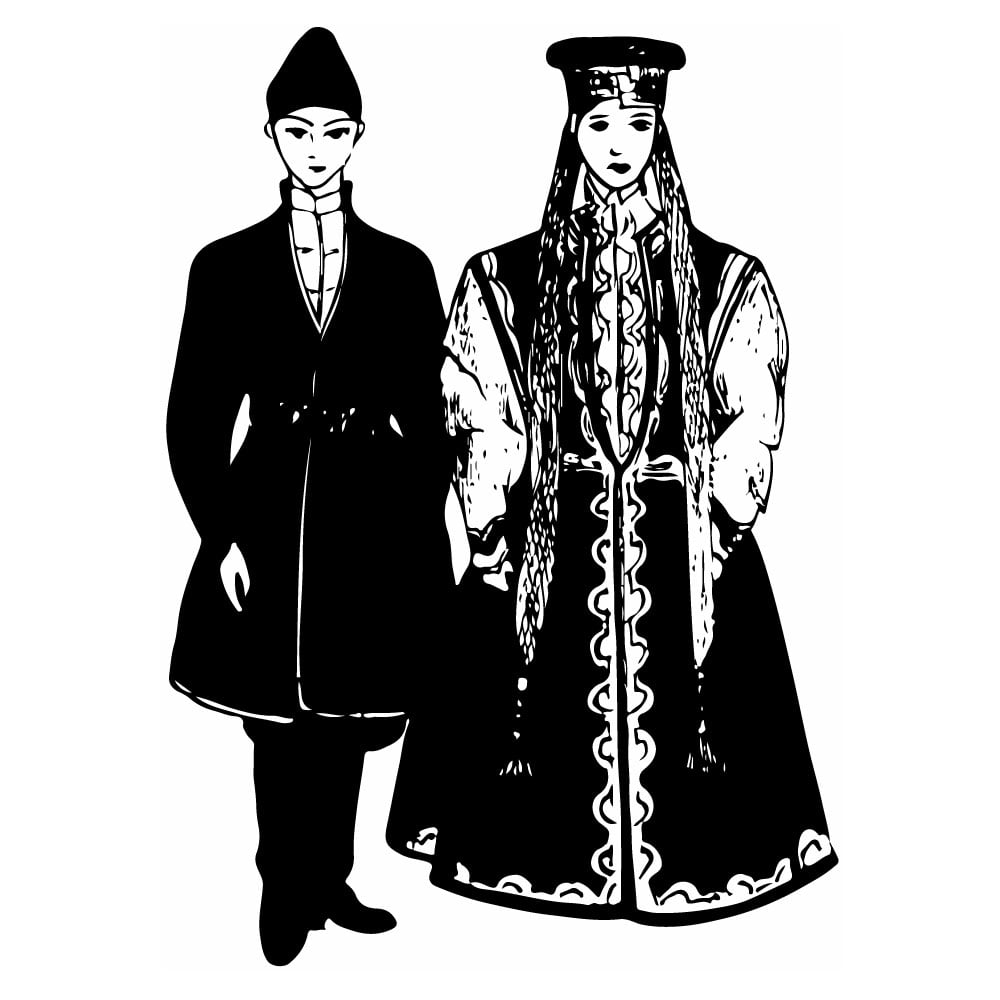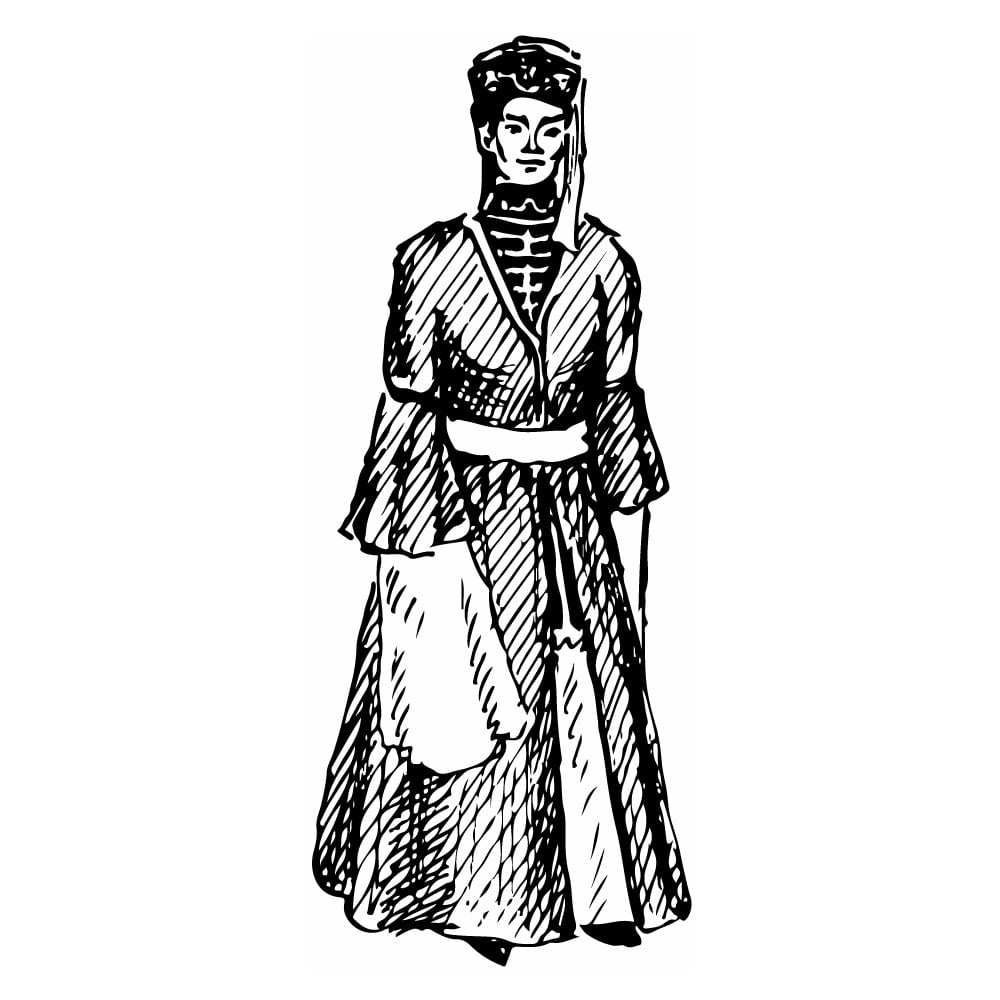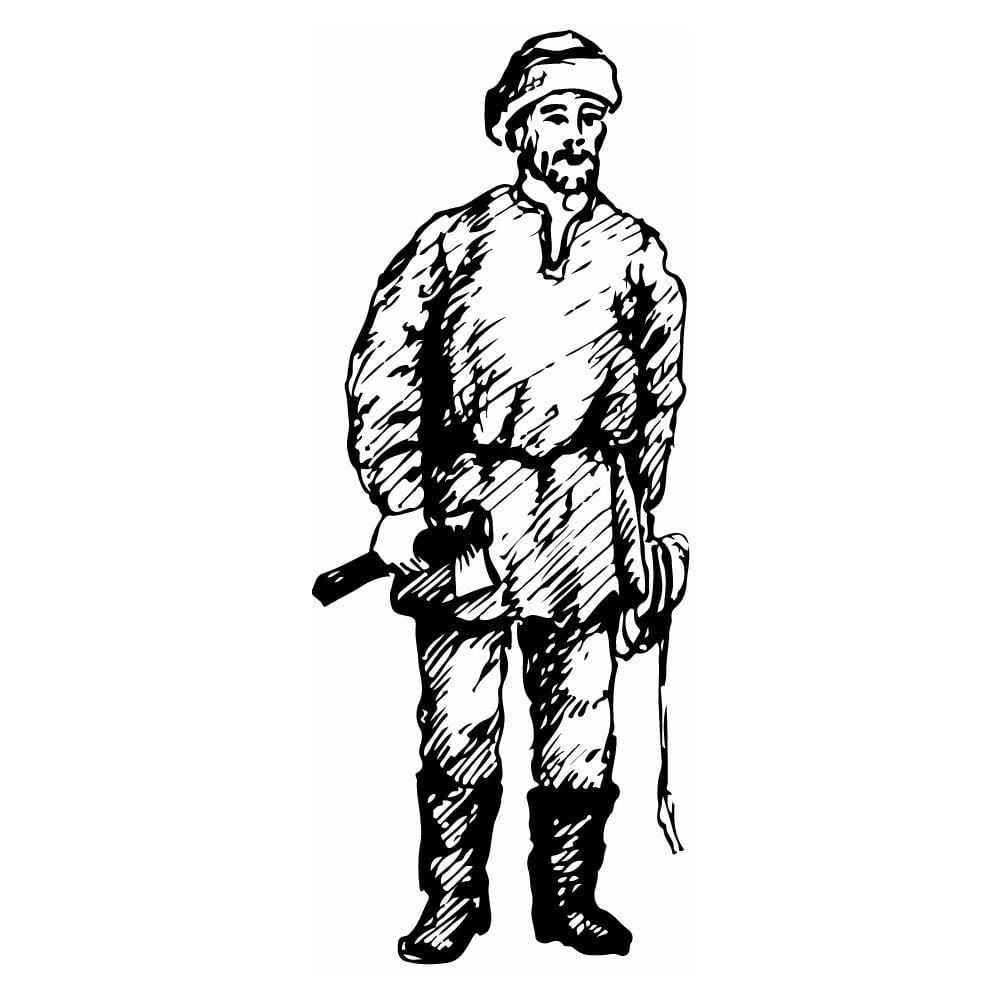Tuvinians
| Population | 207,000 |
| Language group | Turkic |
| Language | Tuvinian |
| Region | The Tuvinian Autonomous Republic, South Siberia, Mongolia |
| Religion | Buddism/Lamaism, Shamanism |
*Population estimates for 1994
The Tuvinians are one of the most numerous Turkic-speaking nationalities within the CIS. Tuvinian ethnic composition is rather complicated, yet extremely interesting. They are the descendants of several Turkic-speaking, Mongolian-speaking, Samoyed-speaking, and Keto-speaking ethnic elements. Seventeenth century Russian historical chronicles have traced present Tuvinians all the way back to the Sayano-Altai Highland elements. Some of the most noted of the Tuvinian tribal family groups include the Yenisei Kyrgyz (the Saryg and Kyrgyz), the Orchak, and the Kuchugut.
On the whole, the Tuvinians inhabit the territory of Tuva, which is also known as the Tuvinian Autonomous Republic. There are groups that have chosen to relocate elsewhere. A small group from northeastern Tuvinians comprised of several hundreds of people now lives in the taiga districts of the Irkutsk region. There they are known as “the Tofalar.” Another group moved to the Altai.
Anthropologically speaking, the Tuvinians belong to the Mongolian race. In 1207 AD the Tuvinians were conquered by Genghis Khan’s troops. Later they came under the rule of Yuan dynasty who lived in China. Through the centuries the Tuvinian were nothing more than parts of the states of their numerous aggressors. In 1757-1912, the Tuvinians were under the Manchurian Chinese feudals. In 1912 Tuva was taken under the Russian protectorate.
Up through the twentieth century, the Tuvinians were primarily engaged in nomadic cattle-breeding accompanied by primitive agriculture. Vegetable and fruit picking, as well as fishery were also important. Felt making, blacksmith work, and wood processing were popular household industries.
Changes in the everyday lives of the Tuvinian have brought changes in their style of clothes. However, many Tuvinian still wear national clothes in the same style of Mongolian cut that has been worn for the last two centuries. Home-made men’s clothes consist of a short skirt and trousers. Young ladies now wear short skirts. They use a light robe with long flaps as overalls. The same design is used for both men and women. It is put on with the inside flaps left out and is buttoned up on the shoulder and under the arm. In the winter time, men and women wear a lambskin fur coat of the same cut as the robe. Women’s fur coats are trimmed along the flaps with strips of expensive fur and multicolor fabric ribbons. The Tuvinians still wear the traditional roe and deer leg skin footwear. This footwear is used by both men and women.
Tuvinian art is growing side by side with the national clothing. It is presented by stone and wood carvings, artistic copper and bronze moldings, and artistic decorations of household utensils such as small cases, beds, and boxes. Tuvinian chess figurines made of stone and wood depicting animals and pets are notable for their original artistic presentation and merits.
The Tuvinian culture is bright and versatile. The houses are decorated with quilted carpets with geometrical patterns, wooden trunks, and beds decorated with bright colors.
During the sixteenth and seventeenth centuries there was a considerable spread of Buddhism in the Tuva territory. At the present time, the Tuvinian believers are of the Lamaist faith; however, there are still elderly believers of Shamanism.
This is Ad 1





























